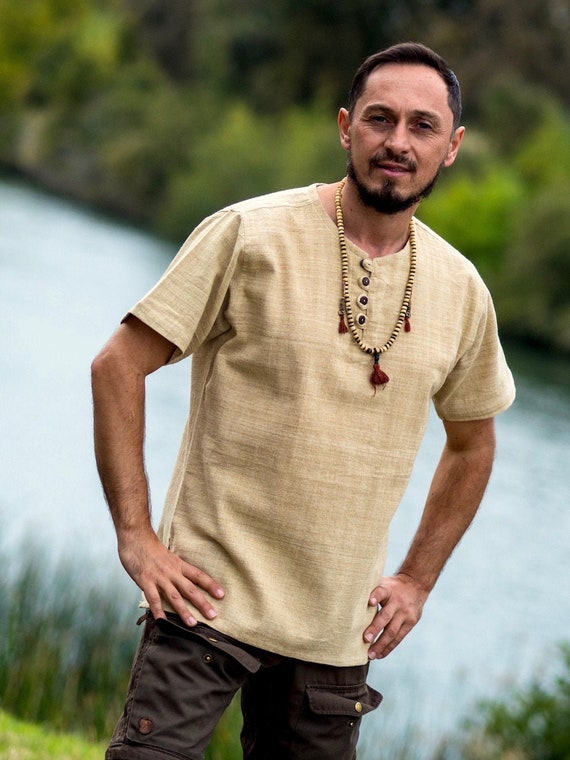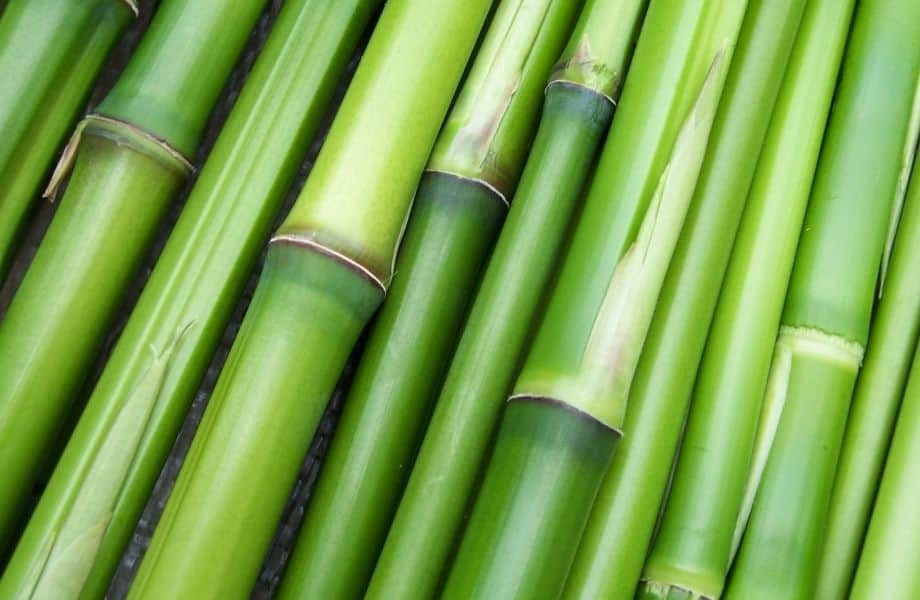Free Facts For Selecting Hemp Clothes
Wiki Article
How Can Hemp An Environmentally Sustainable Crop When It Comes To Pesticides, Water Use And Herbicides, Compared To Cotton?
Hemp is considered a sustainable crop when compared to cotton in terms of the use of water, pesticides and herbicides, for a variety of reasons.water Usage-
Hemp Hemp requires relatively less water than other crops including cotton. Hemp is a drought-resistant, low-irrigation plant. Hemp is usually grown with rainwater in many areas. It is a water-efficient plant.
CottonThe conventional cotton is known for its high water consumption. The cultivation of cotton often requires massive irrigation. This could deplete local resources and cause water shortage in areas that have scarce water resources. The high water demand of cotton farming has raised questions regarding its viability.
Herbicides are pesticides.
Hemp- Hemp is naturally resistant to a variety of diseases and pests which means that it is less reliant on synthetic pesticides and herbicides. Some hemp plants may require some pest control measures. However, the total use of chemical inputs for many crops is lower than cotton, for instance. You can grow organic hemp without pesticides.
Cotton farming - Traditional cotton farming generally is heavily dependent on chemical pesticides and herbicides to control weeds and pests. Chemicals used to control weeds and pests can have negative impacts on the natural environment, including soil contamination and water contamination. They can also cause harm to non-targeted species, and can lead to pesticide resistant pests.
In summary it has been proven that hemp is to be more sustainable compared with cotton. This is due to the fact that hemp makes use of less water, pesticides, and weedicides.
Hemp is a plant that can be grown using only a little water, rainwater or irrigation.
Hemp is a natural defense against many insects.
Hemp production requires less synthetic pesticides compared to cotton.
It's crucial to be aware that sustainable and environmentally friendly methods differ between different farmers. Through reducing synthetic chemicals and by promoting soil health organic farming practices increase the sustainability. If you are considering the environmental impacts of textiles and clothing, selecting organic and sustainably made fibers, whether hemp or cotton, can aid in reducing the environmental footprint of fashion. Read the recommended his response for website tips including patagonia island hemp pants, patagonia hemp shorts, hemp clothing near me, hemp apparel wholesale, patagonia hemp vest, hemp boxer shorts, women's all seasons hemp canvas bomber hoody jacket, hemp tees, hemp denim, hemp sweatpants and more.

What Are The Functional And Technical Benefits Of Hemp Clothing Over Traditional Fibers?
Hemp clothing has a variety of technical and functional advantages over other fibers, while being eco-friendly. Here are some ways hemp clothing sets itself apart as an eco-friendly, high-performance option- Moisture Wicking & Breathability
Hemp fibers have a superior capacity for wicking and are extremely air-tight, which means that hemp clothing is comfortable regardless of the weather. They are able to help remove water, which keeps the wearer cool and dry during hot weather.
Temperature Regulation-
The hemp fabric has excellent thermoregulatory abilities. It keeps you warm in cold weather by trapping the heat near your body. In hot conditions, it assists you to remain cool by allowing heat and humidity to be able to escape. The natural temperature regulation reduces the requirement to change clothes.
Durability-
Hemp fibers are a durable material. Clothing made from hemp is more durable and resistant to wear than clothes composed of other fibers like cotton. This means that hemp garments can last longer, thus reducing the frequency of replacements and, consequently less environmental impact.
UV Protection
Hemp fibers protect the skin from UV radiation and provide the skin with UV protection. This is a feature that can be particularly beneficial for outdoor activities.
Biodegradability:
Hemp clothes are biodegradable. It is able to be degraded in a natural manner in time. This property reduces textile waste's environmental burden, since synthetic fibers are suitable for landfills to remain.
Low environmental impact
Hemp cultivation is less dependent on synthetic pesticides as compared to cotton. Additionally, it uses less water, which makes it a more environmentally friendly choice. The eco-friendly qualities are boosted by organic hemp farming.
Carbon Sequestration
Hemp plants are able to absorb carbon dioxide throughout their growth. This is why hemp can be used as a carbon sink in order to help reduce greenhouse gas emissions.
Sustainability and crop rotation-
Hemp is easily integrated into crop rotation systems to enhance the overall health of soils. It also lowers the chance of soil depletion or disease accumulation. This method of farming that is sustainable contributes to its eco-friendliness.
Versatility:
For the creation of blends of fabrics that are high-performance and eco-friendly hemp fibers may be blended with other fabrics such as organic cotton and recycled Polyester. This flexibility allows for the development of novel textile products.
Low Toxicity
Hemp fibers are naturally low in toxicity and don't require extensive chemical processing during production, which reduces the environmental impact of textile production.
It is crucial to remember that even though hemp offers numerous eco-friendly and functional benefits but its sustainability overall is dependent on other factors like the process of dyeing, transportation and ethical working practices. To make environmentally conscious choices consumers should search for brands that focus on sustainability, transparency, as well as ethical production practices when using hemp or other sustainable fibers in their products. Check out the most popular hemp clothing examples for site recommendations including mens hemp trousers, hemp polo shirts, hemp sweatpants, hemp sweater, hemp fleece fabric, hemp fleece fabric, hemp tees wholesale, hemp polo shirts, patagonia hemp jacket, hemp sportswear and more.

What are the differences between bamboo and hemp fibers?
Bamboo and hemp are two different plant-based fibers used in the production of textiles, each with its unique characteristic and characteristics. These are the main differences between bamboo and hemp fibers- 1. Plant Source-
Hemp- Hemp fibers are derived from the stalks of the hemp plant, and specifically the bast fibers that are in the outer layer. Hemp is a versatile and quick-growing crop which has been utilized in a variety of ways over the years.
Bamboo fibers can be produced from the pulp produced by the bamboo plant. Bamboo is a grass that grows rapidly. species known for its rapid renewal and long-term sustainability.
2. Fiber Characteristics
Hemp Fibers- Hemp's fibers are highly durable and strong. They are strong natural fibers that become softer and softer after washing, which makes them ideal for making long-lasting textiles.
Bamboo- Bamboo fibres are silky soft with a silky smooth texture. They are more delicate and less durable than hemp fibers but are still valued for their softness against the skin.
3. Texture and Feeling-
Hemp- Hemp fabric has an extremely rough and textured feeling, particularly when it is in its natural form. It's soft and comfortable, however the texture is different than bamboo.
Bamboo- Bamboo is smooth, soft, and silky. It's often described as a mix of cotton and silk, which makes it extremely comfy to wear.
4. The ability to breathe and the moisture-wicking
Hemp- Hemp fibers are naturally water-wicking and breathable, which allows to circulate air and absorb moisture. They can keep you cool and dry in hot temperatures.
Bamboo fibers can also be highly ventilated. They're able to wick away moisture. The micro-gaps enhance the ability of bamboo fibers to regulate moisture and temperatures, ensuring you are comfortable no matter what conditions.
5. Environmental Impact-
Hemp Hemp can be considered an environmentally friendly fiber due to of its high growth rate, low water needs, and resistance against insects. These factors reduce the use of herbicides or pesticides. It is also able to absorb carbon dioxide from the atmosphere as it grows.
Bamboo- Bamboo's sustainability is widely known. It grows rapidly, requires minimal water, and can be grown without synthetic herbicides or pesticides. Some bamboo varieties, like Moso bamboo, are highly sustainable.
6. Processing-
Hemp- Hemp fibers must be thoroughly processed in order in order to separate the outer bast fibers from the core. Processing can include retting and decortication as well as mechanical separation.
Bamboo- Bamboo fibres are generally obtained via chemical process called the viscose or rayon procedure. Bamboo pulp is then broken down with chemicals. Closed-loop systems are used to minimize the amount of chemical waste that is produced in certain bamboo textiles.
7. Versatility-
Hemp- Hemp is versatile and has many uses, including construction materials, clothing and textiles, and more.
Bamboo fibers can be found in a variety of products, including towels and bedding.
Both bamboo and hemp are distinctive and possess sustainable advantages. The choice between them depends on the specific characteristics and features you are looking for in a product made of textiles and your preferences for the environment. View the top koraoutdoor.com outdoor clothing for more recommendations including bamboo exercise clothing, bamboo cotton t shirts, bamboo pajama pants, bamboo cay shirts, bamboo yoga pants, long sleeve bamboo t shirt, bamboo shirts wholesale, ladies bamboo tops, bamboo jeans, bamboo button down shirts and more.
